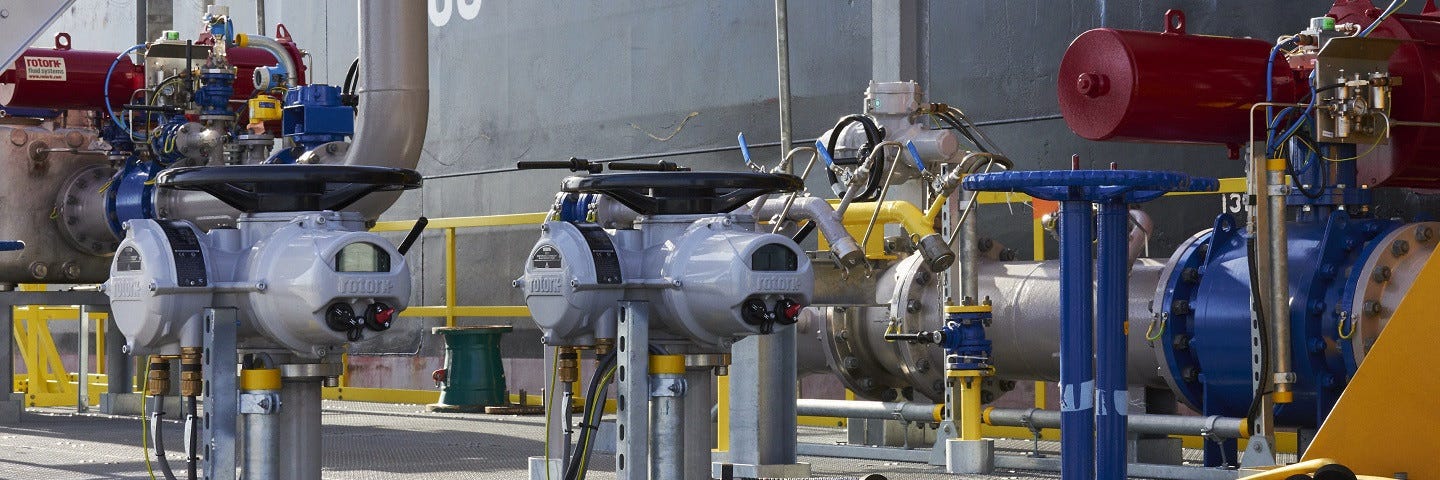5 International Flyover Stocks to Watch
Potential Flyover Stocks from five different countries are profiled
I’ve written publicly for 18 years, and one of the things I enjoy the most about the process is seeing how far the posts travel. Today, Flyover Stocks subscribers hail from 95 countries and 49 U.S. states (what gives, Wyoming?).
With just over half of Flyover Stocks subscribers outside the U.S., I initially intended to write one non-US company profile for every two U.S. company profiles. My profiles of Howdens Joinery and Halma are examples of this strategy.

Feedback from both U.S. and non-US members, however, has been to focus on U.S. shares, which are more generally more accessible across global brokerage platforms.
So, while I won’t shy from profiling a non-US company, I will not rigidly follow the 2:1 ratio. That said, since we’ve discussed a few U.S. companies in a row, I wanted to share a few non-US companies on my watchlist for those interested in global markets.
Rotork plc
UK; $3.5 billion market cap
Rotork sells and services mission-critical flow control instruments and systems to three major end markets: oil & gas (46% of 2023 revenue), water & power (24%), and chemical, process, and industrial (30%).
Approximately 75% of Rotork’s sales come from orders below £100,000; 25% are below £10,000. These tickets are a low percentage of the cost of a massive energy or industrial project where the cost of failure is high. Once installed, it’s unlikely that customers would switch out a Rotork actuator on price alone when it came time for a replacement.
At first glance, you may be reasonably concerned about Rotork’s oil and gas exposure, but it has several secular tailwinds. Among these are water and wastewater infrastructure investments and helping oil and gas customers reduce methane emissions by switching from pneumatic to electric actuators.
Encouragingly, management’s long-term bonus metrics include rolling three-year ROICs. The company targets high-single-digit revenue growth along with mid-20s operating margins. It has a net cash balance sheet and has grown its dividend yearly for over twenty years. All told, it’s a solid operator that isn’t a well-known name among quality investors outside the U.K.
Thule Group AB
Sweden; $3.1 billion market cap
A few years ago, my wife and I were in the market for a roof rack for our car to more comfortably take long road trips with two kids and a dog aboard. A roof rack was one product I did not want to go cheap on. Watching in the rear-view mirror with horror as our luggage spilled across the highway because I wanted to save $100 was not a risk I was willing to take.
The Thule ("too-lee") roof rack we purchased was the most premium-priced option, but the aerodynamic design (read: less MPG drag versus competitors), ease of installation, and security features made it money well spent. When it came time to buy a hitch to carry the family's bicycles, we didn't think twice about paying up for a Thule option.
Results surged during the pandemic when consumers in Europe and the U.S. preferred local road trip vacations to exotic ones requiring extended time crammed into an airplane. The bullwhip effect from that period appears to be moderating, with Q4 sales declining at a slower year-over-year pace than earlier in 2023. The company is also moving into new markets like juvenile and pet carriers.
Mid-cycle ROIC is in the low double digits, which could indicate a narrow moat supported by brand advantages. Its reputation for quality appeals to consumers with active lifestyles who are not only engaged in those activities later in life than previous generations but are also investing more in products (bicycles, kayaks, etc.) that need to be secured to automobiles.
The business is run conservatively, with the board targeting a dividend payout of 75% of net income. Per its 2022 capital markets day, it aims to grow its topline by around 7% annualized from 2020-2030 and targets 20% operating profit margins, which it achieved during a period of strong demand during COVID.




